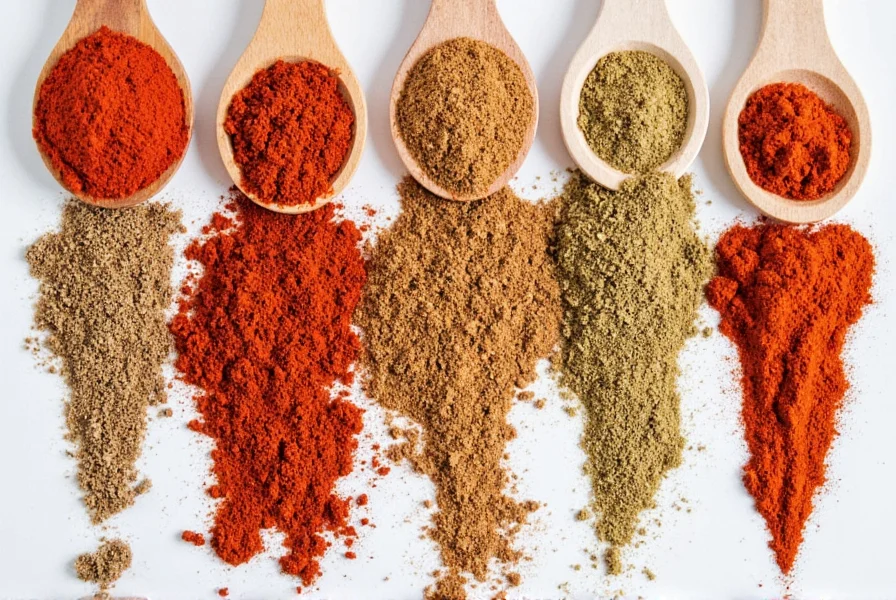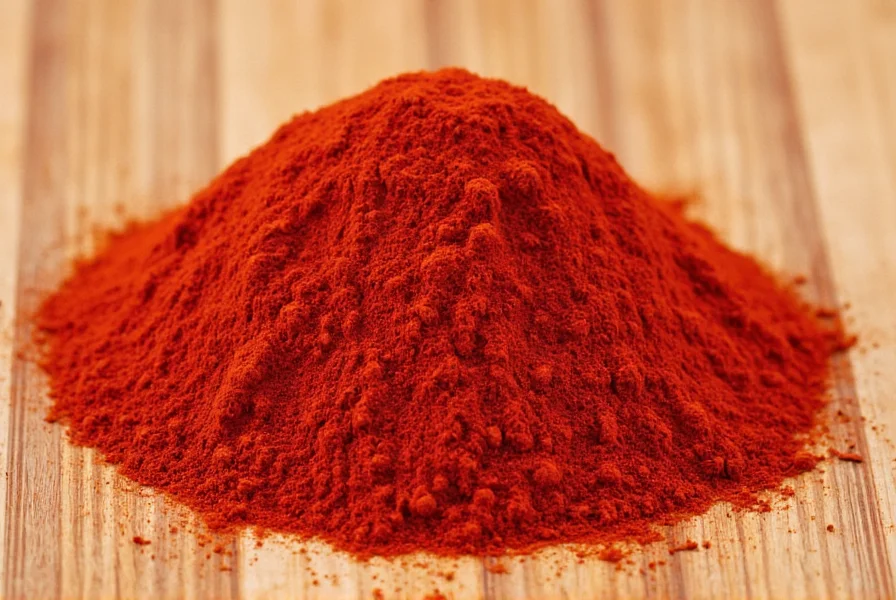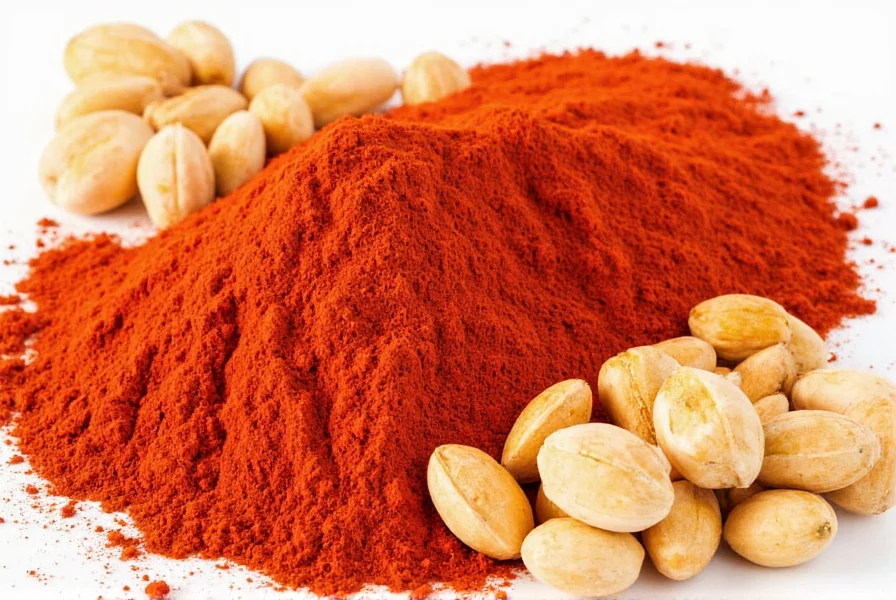Is Paprika a Hot Spice? A Spicy or Sweet Surprise Inside!
If you've ever reached for that jar of paprika and wondered, "Wait—is this supposed to make my food spicy? Or is it just for color?", then you're not alone. Paprika often gets confused in the world of spices. Is it fiery or friendly? Bold or bland? Let’s uncover the truth behind this vibrant red powder that's as popular on plates as it is mysterious in flavor.
Table of Contents
- What Is Paprika?
- Paprika: Hot or Not? It Depends!
- Spice Levels: A Visual Comparison
- How Is Paprika Used in Cooking?
- Buying Guide: Choosing the Right Paprika for You
- Common Mistakes with Paprika (And How to Avoid Them)
- Conclusion
What Is Paprika?
Paprika starts its journey as dried and ground sweet peppers—specifically Capsicum annuum varieties. Originating from Central and Eastern Europe, particularly Hungary and Spain, paprika has become a kitchen staple across the globe. The key thing to remember is that paprika isn’t one-size-fits-all. There are many types, each offering different flavors, heat levels, and colors.

In countries like Hungary, paprika is classified into multiple grades—from mild and sweet to more pungent and smoky. Spanish paprika (pimentón) takes it even further by introducing smoking during the drying process, which imparts a rich, earthy depth to the spice.
Paprika: Hot or Not? It Depends!
The answer to the big question is… it depends! Most commonly used paprika is NOT hot. In fact, most supermarket paprika found in the U.S. and other Western markets is made from sweet peppers and is known for its mildness and bright red hue rather than any kick.
However, there are exceptions:
- Hungarian Noble Sweet Paprika: Mild, slightly fruity, ideal for coloring and subtle flavor.
- Hungarian Rose Paprika: Even milder and lighter in color; used mainly for visual appeal.
- Hungarian Elixir Paprika: Slightly spicier, but still far from hot.
- Hungarian Special Quality Paprika: Rich in flavor, can be moderately spicy.
- Spanish Pimentón de La Vera Picante: This variety is intentionally hot and smoky, perfect for adding fire to dishes.
So yes—paprika CAN be hot, but only if you choose a specific type that’s labeled as “picante” or “hot.” Otherwise, expect a mostly sweet, peppery warmth at best.

Spice Levels: A Visual Comparison
To give you a better idea of where paprika falls on the heat scale, here’s a quick comparison chart:
| Spice | Heat Level (Scoville Scale) | Taste Profile | Typical Use |
|---|---|---|---|
| Regular Paprika | 0–500 SHU | Sweet, Earthy | Color boost, mild seasoning |
| Smoked Paprika (Picante) | 1,000–2,000 SHU | Smoky, Slightly Hot | Paella, grilled meats |
| Jalapeño Pepper | 2,500–8,000 SHU | Fruity, Green Heat | Salsas, nachos |
| Cayenne Pepper | 30,000–50,000 SHU | Bright Heat | Hot sauces, soups |
| Habanero Pepper | 100,000–350,000 SHU | Tropical Heat | Extreme spice lovers |
As you can see, even the spiciest paprika sits on the lower end of the Scoville spectrum compared to traditional chili peppers. But that doesn’t mean it can’t bring the heat when used in concentrated amounts or blended into sauces.
How Is Paprika Used in Cooking?
Paprika is incredibly versatile. Here are some of the top ways it’s used around the world:
- As a Garnish: Dust over deviled eggs or potato salad for an instant pop of color and flavor.
- In Soups & Stews: Adds a deep, rich undertone to tomato-based sauces and stews like goulash.
- For Roasting: Mix with oil and rub onto chicken before roasting for a golden crust and mild pepperiness.
- In Baking: Surprisingly good in savory pastries and bread dough for a hint of sweetness.
- With Seafood: Sprinkle on grilled shrimp or salmon before baking for a subtle warmth.

Buying Guide: Choosing the Right Paprika for You
Not all paprikas are created equal. Here’s how to pick the perfect one for your needs:
Types of Paprika to Look For:
- American-Style Paprika:
- Flavor: Very mild, almost neutral.
- Best For: Adding color without altering taste much.
- Occasions: Everyday cooking, especially baked goods, rice, and light sauces.
- Hungarian Sweet Paprika:
- Flavor: Fruity, sweet, slightly smoky.
- Best For: Authentic Hungarian dishes like goulash or chicken paprikash.
- Occasions: Comfort meals, slow cooking, family dinners.
- Spanish Smoked Paprika (Pimentón):
- Flavor: Deeply smoky, mildly spicy.
- Best For: Grilled foods, paella, charcuterie boards.
- Occasions: Outdoor cooking, tapas nights, meat marinades.
- Hot Paprika (Look for 'Picante' Label):
- Flavor: Peppery heat with a slight sweetness.
- Best For: Dishes where a gentle kick is desired without overpowering other flavors.
- Occasions: Fusion recipes, international cuisine, adventurous eaters.
Features to Check Before Buying:
- Label Reading: Look for country of origin and whether it’s smoked or non-smoked.
- Whole vs Ground: Whole dried peppers can be ground at home for maximum freshness, but pre-ground is more convenient.
- Storage Tips: Keep in a cool, dark place. Ground paprika loses potency after about six months.
Common Mistakes with Paprika (And How to Avoid Them)
Even seasoned cooks sometimes misuse paprika. Here are a few common slip-ups:
- Mistake #1: Using Old Paprika
- Issue: Loses flavor and color quickly.
- Solution: Replace every 6–12 months and store away from heat and light.
- Mistake #2: Adding It Too Early
- Issue: Heat diminishes flavor and aroma.
- Solution: Add toward the end of cooking or bloom in oil first.
- Mistake #3: Confusing It With Chili Powder
- Issue: They’re completely different blends.
- Solution: Know what your recipe calls for—substituting can change the flavor drastically.
- Mistake #4: Assuming All Paprika Is the Same
- Issue: Flavor and heat vary widely between brands and regions.
- Solution: Taste test different types and read labels carefully.
Conclusion
So, is paprika a hot spice? The short answer is no—not usually. Most paprika you’ll find on grocery store shelves is sweet and mild, used primarily for its gorgeous red color and subtle flavor. However, don’t write off paprika as flavorless! Depending on where it comes from and how it’s processed (like in smoked Spanish versions), it can pack a punch that sneaks up on you.
Whether you're a casual cook looking to add flair to your dishes or a spice enthusiast chasing new flavors, paprika deserves a spot in your pantry—if you know what kind to use and when. From mild to picante, it's a spice that brings both beauty and flavor to the table, making it a real culinary gem.
Now go ahead—grab that paprika, sprinkle it with confidence, and turn up the flavor (and maybe the heat!) in your next meal.










 浙公网安备
33010002000092号
浙公网安备
33010002000092号 浙B2-20120091-4
浙B2-20120091-4